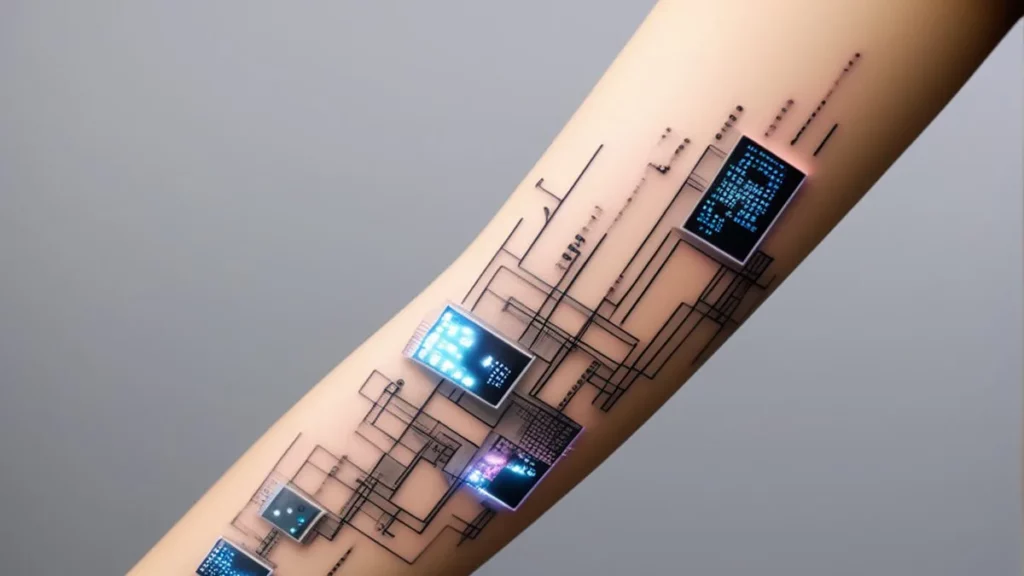Key Takeaways
- Introduction of the Exobiology Extant Life Surveyor (EELS): EELS is a snake-like robot developed by NASA's Jet Propulsion Laboratory (JPL) to explore icy worlds in our solar system. It is designed to traverse diverse terrains and investigate the presence of life on Earth, the Moon, and Saturn's moon Enceladus.
- Unique design and capabilities: EELS consists of 10 identical segments that rotate and use screw threads for propulsion, traction, and grip. It is fully autonomous and equipped with stereo cameras, LiDAR technology, and advanced navigation algorithms to generate 3D maps and navigate safely.
- Rigorous testing in diverse environments: EELS has undergone extensive testing in snowy, sandy, and icy terrains to ensure its adaptability and resilience. Testing has taken place at the Mars Yard at JPL, an indoor ice rink, and a vertical shaft in British Columbia.
- Focus on exploring Enceladus: EELS is specifically designed for a space mission to Enceladus, known for its potentially habitable subsurface ocean. The robot will navigate through vents on the moon's surface to provide access to the hidden ocean below.
- Scientific possibilities and future integration: EELS can carry and deploy a science payload, allowing for measurements of subsurface pressure, electrical conductivity, and temperature. The integration of additional scientific instruments with EELS is a future possibility.
- Timeline and future exploration: The EELS concept is expected to be finalized by fall 2024. After launch, it will take approximately 12 years for a spacecraft to transport EELS to Enceladus. The robot snake is expected to reach the subsurface ocean within days of locating a suitable vent, potentially transforming our understanding of these environments and their potential for life.
NASA’s Jet Propulsion Laboratory (JPL) has developed an innovative snake-like robot known as the Exobiology Extant Life Surveyor (EELS) to explore the uncharted icy worlds in our solar system.
Unlike traditional rovers, EELS is designed to traverse diverse terrains, making it a versatile tool for investigating the presence of life on Earth, the Moon, and Saturn’s moon Enceladus.
Scientists postulate that Enceladus may harbor signs of life in its subsurface oceans, making it a prime target for EELS.
Breaking New Ground in Autonomous Robotics
EELS features a unique design consisting of 10 identical segments that rotate and employ screw threads for propulsion, traction, and grip.
Measuring 13 feet in length and weighing around 220 pounds, the robot is fully autonomous, with the ability to sense its environment, assess risks, and recover independently.
Equipped with four pairs of stereo cameras and LiDAR technology, EELS can generate 3D maps of its surroundings and use this data to navigate safely using its advanced navigation algorithm.
The robot’s design and capabilities make it suitable for exploring areas where traditional rovers cannot venture.
Rigorous Testing in Diverse Environments
To ensure EELS is ready for the challenging conditions it may encounter on other celestial bodies, the robot has undergone extensive testing in a variety of environments.
From snowy landscapes and sandy terrains to icy surfaces, EELS has proven its adaptability and resilience.
The robot has been tested at the Mars Yard at JPL, a specialized “robot playground” in Southern California, as well as a local indoor ice rink.
In September 2022, the JPL team conducted further tests by lowering the robot’s sensor head into a vertical shaft in British Columbia.
Measuring 13 feet in length and weighing around 220 pounds, the robot is fully autonomous, with the ability to sense its environment, assess risks, and recover independently.

Investigating the Mysteries of Enceladus
EELS is being specifically designed for a space mission to Enceladus, one of Saturn’s 83 moons.
This enigmatic moon has the solar system’s most reflective surface, which scientists believe conceals a liquid ocean beneath its icy exterior.
The snake-like robot is expected to navigate through vents on Enceladus’ surface, providing unprecedented access to the hidden ocean below.
Expanding Scientific Possibilities with EELS
The EELS robot is capable of carrying and deploying a science payload, enabling scientists to measure subsurface pressure, electrical conductivity, and temperature.
While the current focus has been on developing the robot’s autonomous capabilities and mobility, the team plans to explore the integration of additional scientific instruments with EELS in the future.
Timeline and the Future of Space Exploration
The EELS concept is anticipated to be finalized by fall 2024. Once launched, it will take an estimated 12 years for a spacecraft to transport EELS to Enceladus.
Upon arrival, the robot snake is expected to reach the subsurface ocean within days of locating a suitable vent in the icy crust.
If EELS proves successful, it could significantly advance ocean world exploration and potentially unveil secrets from previously inaccessible areas, transforming our understanding of these mysterious environments and their potential to harbor life.








